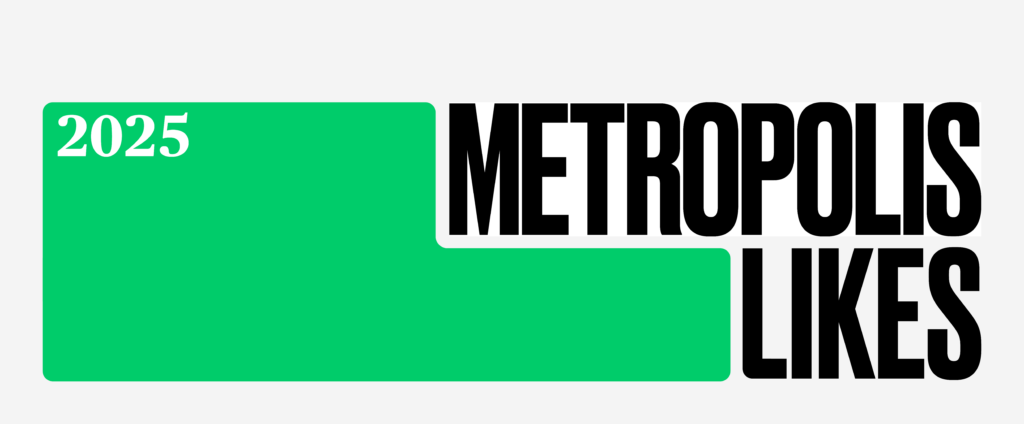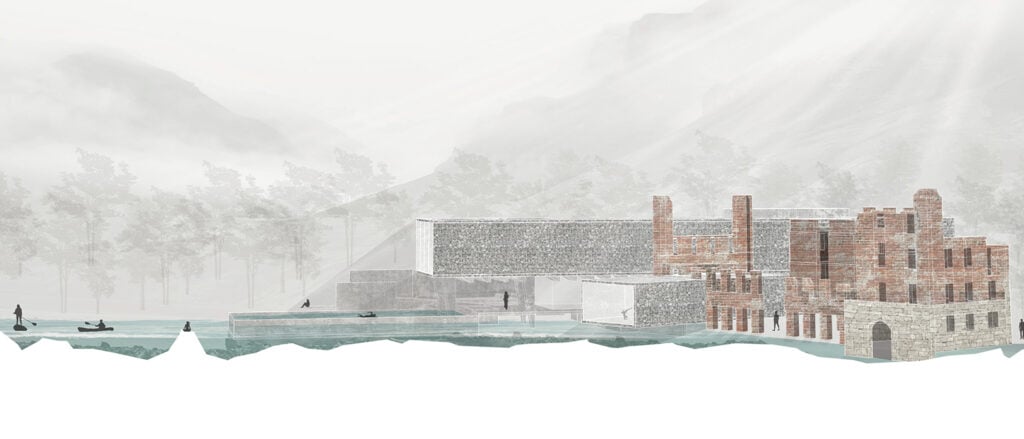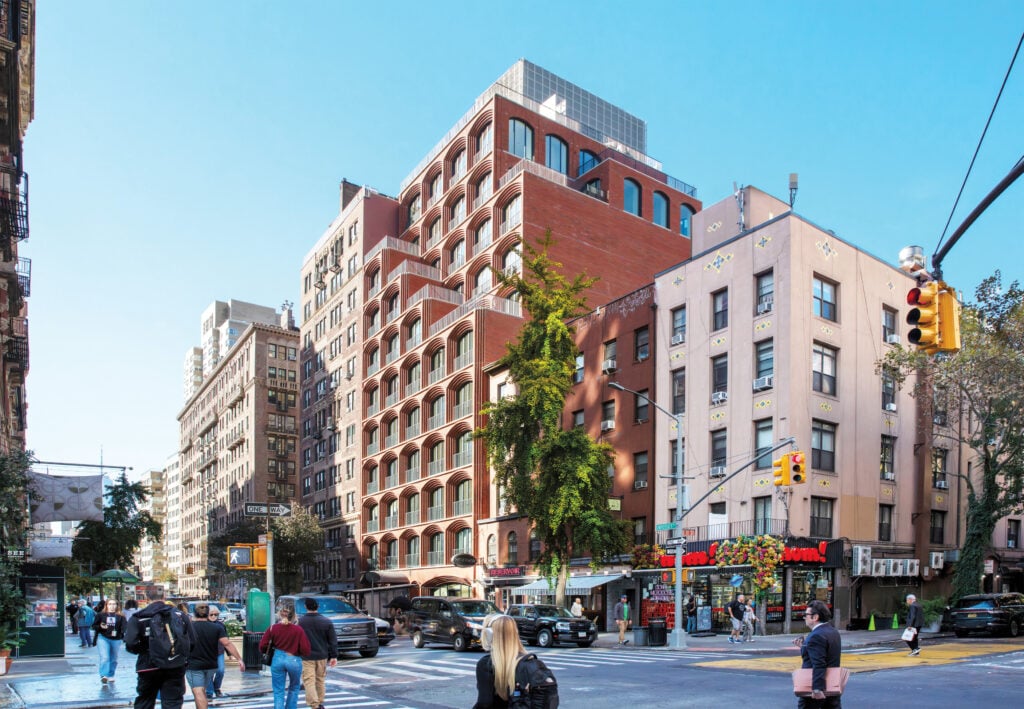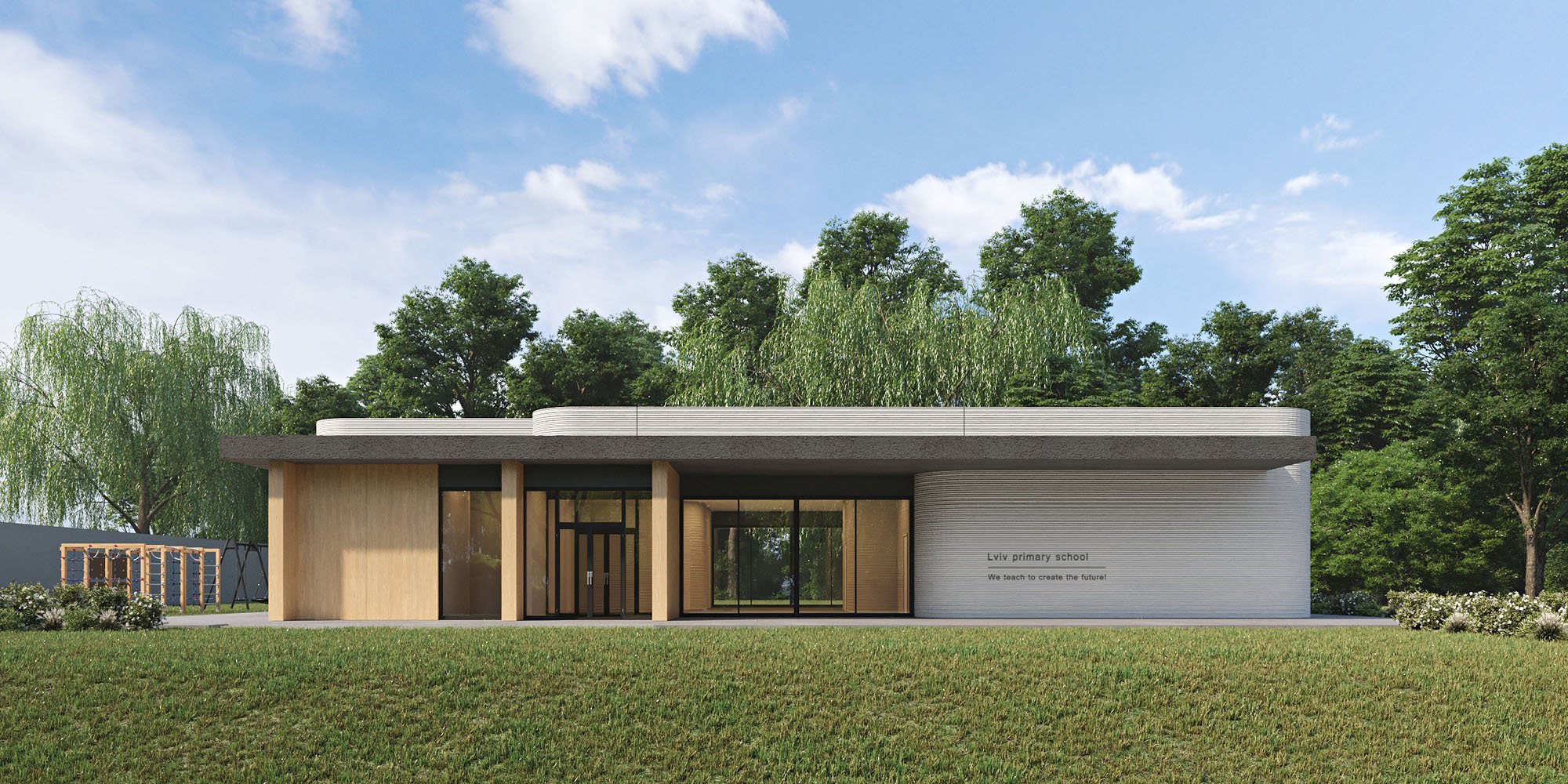
July 24, 2023
Ukraine’s Rebuilding Plans Include 3D-Printed Schools
“The rebuilding of any post-conflict country begins with schools.”
Dr. Jeffrey Treistman, associate professor of National Security, University of New Haven
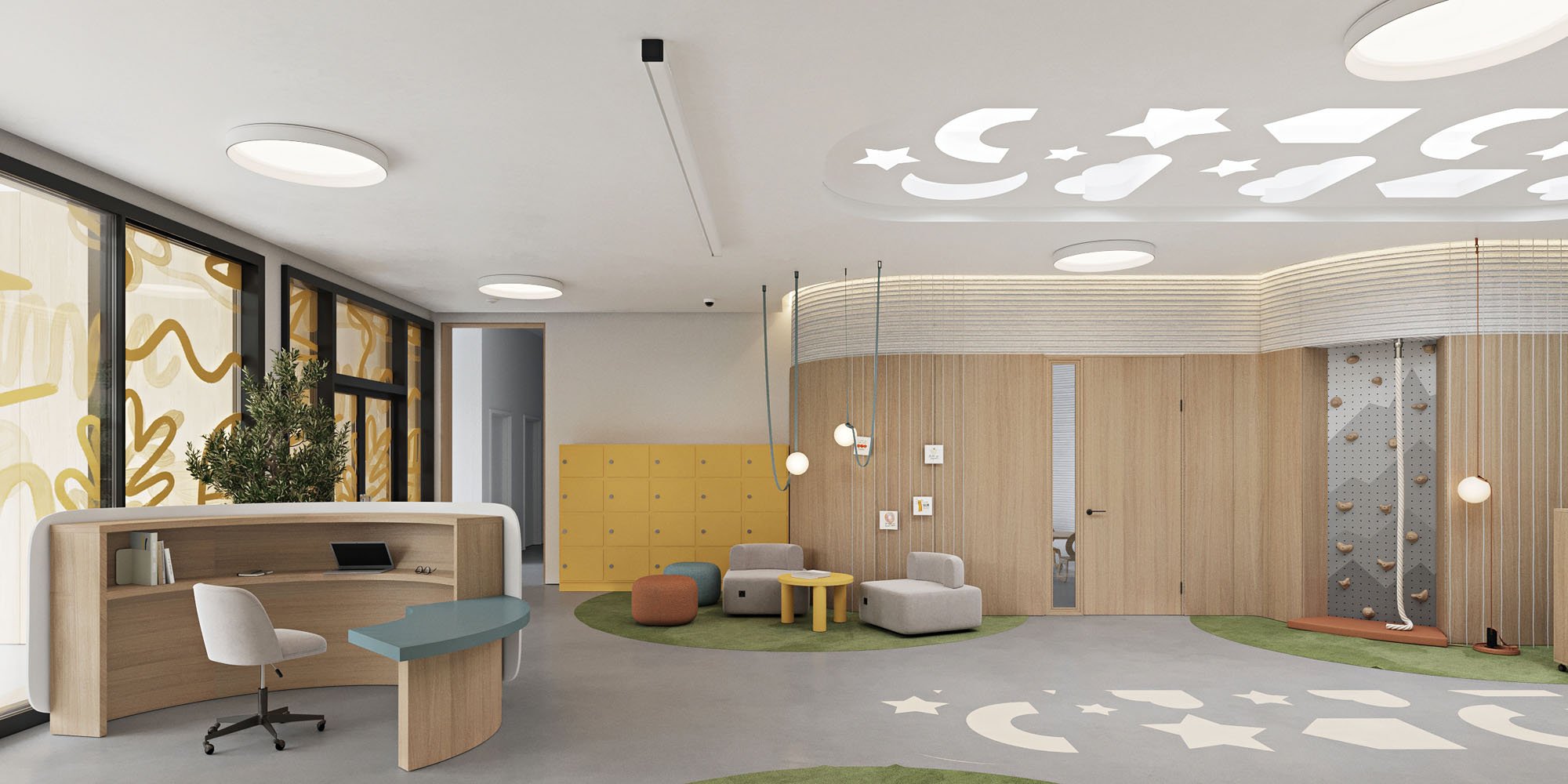
The Ukrainian government has teamed up with several 3D printing companies under the Team4UA partnership and arrived at an innovative, cost-effective alternative to conventional rebuilding in conflict-affected areas. The city of Lviv is the site of the first 3D-printed concrete school building, which was recently completed and is fully operational. “Innovative solutions will help to overcome this problem now, many times faster and more efficiently,” says Jean-Christophe Bonis.

That ambition is as massive as the technology used to address it, with preliminary calculations estimating that the inaugural structure in Lviv is so far the largest one-story educational facility in the world to be produced using an on-site 3D construction printer. Printing happens in two phases: the first prints the walls of two classrooms, then the printer is moved to produce two more classrooms. It is expected to accommodate 100 students by January 2024. In the meantime, the team is recording information for use on subsequent projects such as the number of printing hours and layers of concrete the process requires.
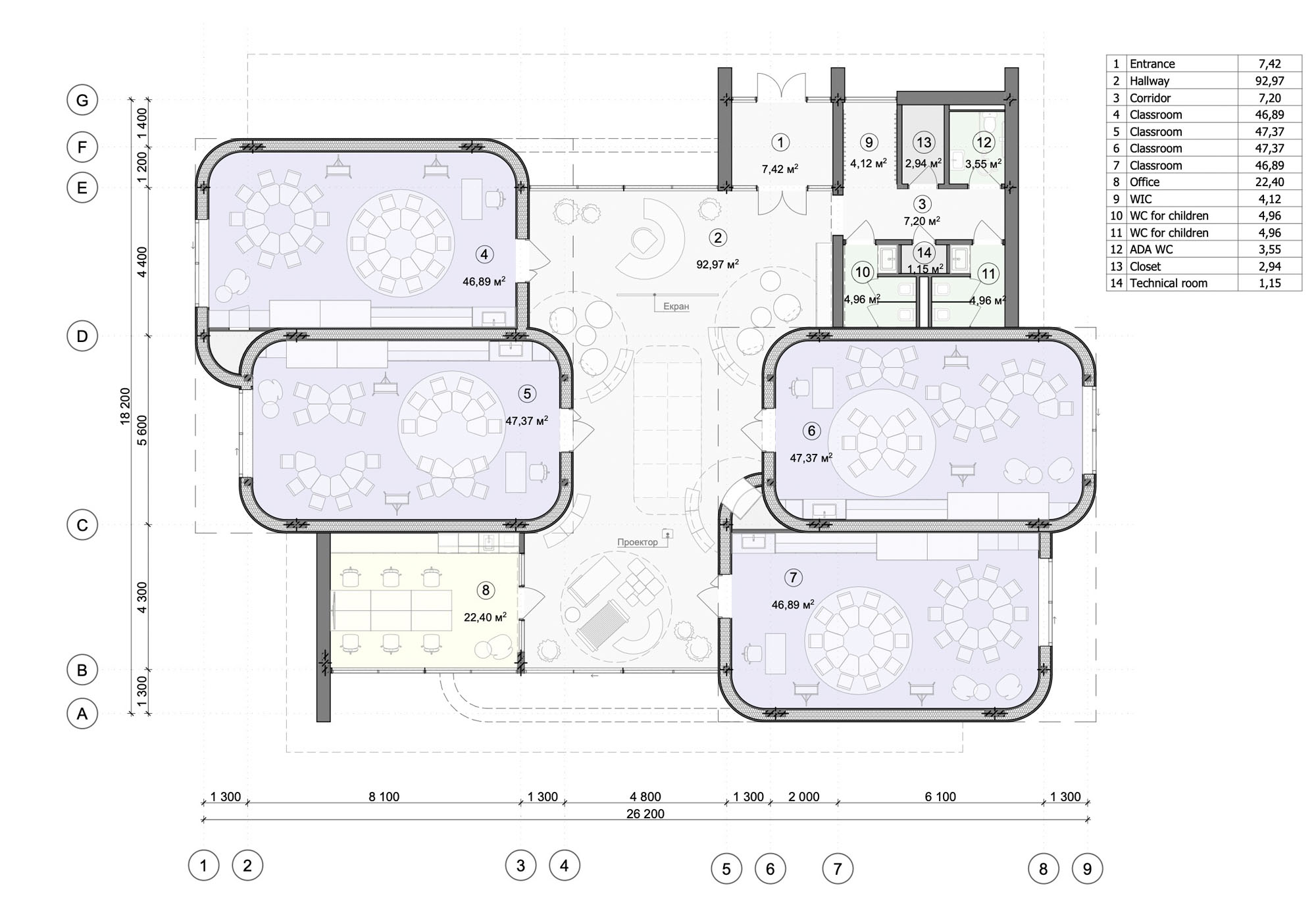
Among the companies contributing their craft and technology to the rebuilding efforts are architecture firm Ars Longa, which was behind the engineering of the project; Danish 3D construction companies COBOD and 3DCP Group, which lead ground operations; and CEMARK, a network of Ukrainian cement plants supplying the 3D-printed concrete mix. Architecture and interior design studio Balbek Bureau lend their expertise for spatial and material concepts. (Founders Slava Balbek and Borys Dorogov have also devised a separate system of design-driven social initiatives to address other institutional challenges arising from the war.)
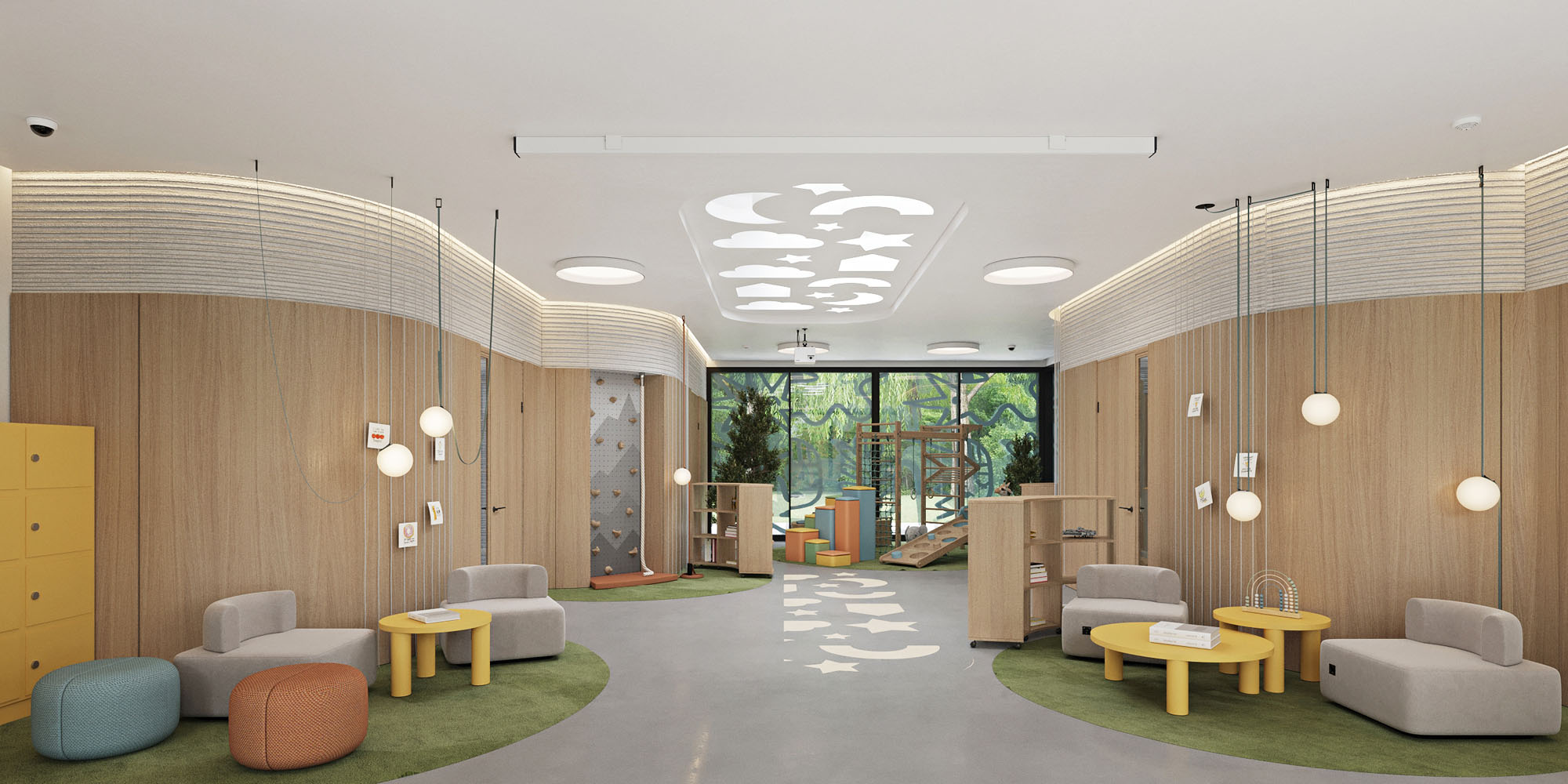
The school’s material palette is an amalgam of 3D printed concrete, wood, and short glass expanses, and more than 90 percent of the materials are locally sourced. Programming includes an oversized central hallway where site lines are emphasized to create an unbroken vista through a space that can be activated for a variety of instructional, playtime, and other activities. While not adjoined, classroom spaces sit adjacent in pairs asymmetrically flanking each side of this hall and are marked with their significance through the visual weight of concrete wrappers. Their rounded corners, rich in station and organic in coloring from a variety of mixes, allude to a hive soon to be buzzing with students. A few wood walls intersect these structures and are glazed to partition off additional rooms including meeting and service spaces.
But perhaps the greatest technical accomplishment is searing the importance of education into national consciousness during a time of crisis. “Access to education is critical to ensure popular support for the effort,” says Dr. Jeffrey Treistman, associate professor of National Security at the University of New Haven. “This is important not only in terms of morale, but equally important once the conflict ends and the guns are silent. The rebuilding of any post-conflict country begins with schools and ensuring children have a safe educational environment.”
Would you like to comment on this article? Send your thoughts to: [email protected]
Latest
Products
Discover the Winners of the METROPOLISLikes 2025 Awards
This year’s product releases at NeoCon and Design Days signal a transformation in interior design.
Profiles
These Architecture Students Explore the Healing Power of Water
Design projects centered on water promote wellness, celebrate infrastructure, and reconnect communities with their environment.
Projects
KPF Reimagines the Arch in a Quietly Bold New York Facade
The repetition of deceptively simple window bays on a Greenwich Village building conceals the deep attention to innovation, craft, and context.



